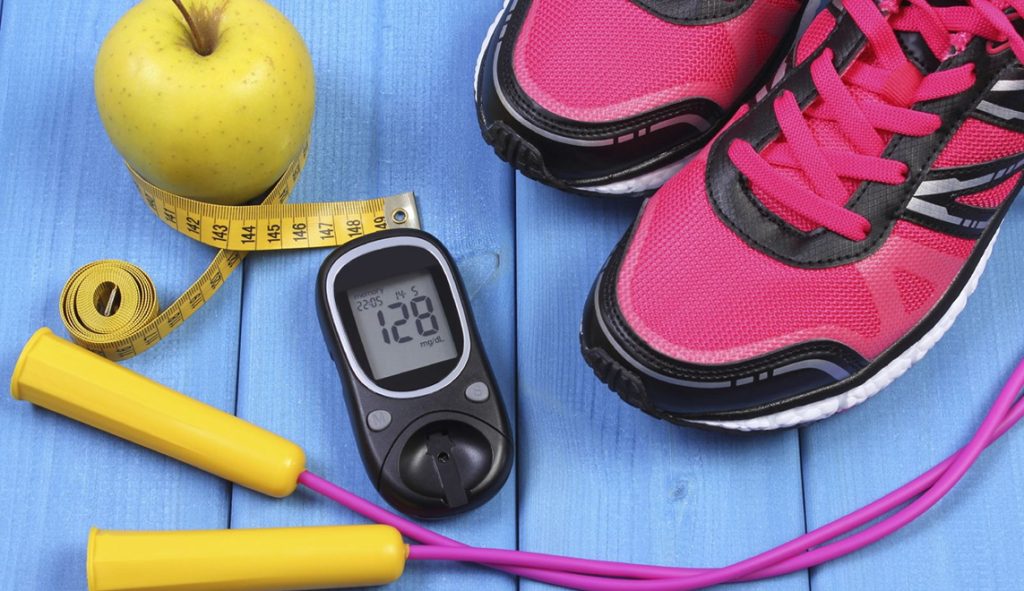Why Walking is the Best Way to Extend Your Life
In today’s fast-paced world, maintaining good health and emotional well-being is more important than ever. While there are numerous exercise options available, walking, a simple and effective activity, often gets overlooked. In reality, walking is not only a convenient form of exercise but also offers significant benefits for extending lifespan, improving health, and enhancing mood. We explores the health and emotional benefits of walking, how to incorporate walking into daily life, a comparison between walking and jogging, the impact of walking environments, and the role of walking in boosting self-esteem. Additionally, we’ll recommend two international brands to help you enjoy walking to the fullest.
The Health and Emotional Benefits of Walking
1. Enhancing Cardiovascular Health
Walking is a low-intensity aerobic exercise that effectively increases heart rate and improves blood circulation, thereby strengthening heart function. Regular walking helps lower blood pressure and reduces the risk of heart disease and stroke. Studies have shown that walking for just 30 minutes a day can significantly improve cardiovascular health and lower the incidence of cardiovascular diseases.
2. Weight Management
Walking is an effective way to control weight. Compared to other high-intensity exercises, walking is moderate in intensity and helps burn calories, promote metabolism, and maintain a healthy weight range. Regular walking can prevent weight gain and is a great way to manage body weight, especially when combined with a balanced diet.
3. Strengthening Bone Density
As a weight-bearing exercise, walking helps increase bone density. With age, bone density naturally decreases, leading to a higher risk of fractures. Regular walking stimulates the production of new bone tissue, helping to maintain bone health and reduce the risk of osteoporosis.
4. Improving Mental Health
Walking has a significant positive impact on mental health. During walking, the body releases endorphins, which create a sense of happiness and reduce stress and anxiety. Many studies have found that regular walking can effectively alleviate symptoms of depression and enhance overall psychological well-being. Walking in natural environments, such as parks or nature trails, particularly contributes to relaxation and mental recovery.
5. Boosting Cognitive Function
Research indicates that walking can improve cognitive function, especially in older adults. Walking increases blood flow to the brain, enhancing memory and attention. Regular walking may also delay the onset of dementia and help maintain brain health and vitality.
Incorporating Walking into Daily Life
1. Setting Goals and Tracking Progress
To integrate walking into your daily routine, set daily or weekly walking goals and use a pedometer or smartphone app to track your steps. This not only motivates you to keep walking but also helps you monitor your progress and adjust your goals as needed.
2. Using Spare Time for Walking
Incorporate walking into your daily schedule by using spare moments. For instance, you can walk part of the way to work, take the stairs instead of the elevator, or use lunch breaks for a quick walk. These small adjustments can significantly increase your daily step count.
3. Organizing Walking Activities
Organize walking activities with family or friends to make walking more enjoyable and motivating. Weekend walks in parks or scenic areas provide both health benefits and opportunities for social interaction. Exploring new walking routes can make the activity more engaging.
4. Choosing Comfortable Walking Shoes
Wearing comfortable walking shoes is crucial for enhancing walking comfort and effectiveness. Properly fitted shoes provide good support and reduce fatigue during walks. Regularly check for wear and tear on your shoes and replace them as needed to ensure a comfortable walking experience.
Walking and Blood Sugar Levels
1. Walking for Blood Sugar Control
Walking plays a positive role in controlling blood sugar levels. Studies show that walking after meals can help lower postprandial blood sugar levels. Walking increases muscle uptake of glucose and reduces the need for insulin, which helps stabilize blood sugar levels.
2. Preventing Diabetes
Regular walking can reduce the risk of type 2 diabetes. By improving insulin sensitivity, walking helps maintain normal blood sugar levels. For individuals with diabetes, walking is a safe and effective exercise option that helps manage blood sugar levels and reduces the risk of complications.
3. Enhancing Overall Health
Maintaining stable blood sugar levels through walking also improves overall health. Stable blood sugar helps prevent obesity, cardiovascular diseases, and other health issues related to diabetes. Regular walking promotes comprehensive health and enhances quality of life.
Walking vs. Jogging: Which is Better?
1. Comparing Effectiveness
Both walking and jogging offer health benefits, but the choice depends on individual health conditions and goals. Jogging generally burns more calories and provides a more intense cardiovascular workout. However, it can be hard on the joints, making it less suitable for some people.

2. Advantages of Walking
Walking, in comparison, is lower in intensity and places less strain on the joints. It is suitable for people of all ages and fitness levels. Walking can be just as effective as jogging in improving mental health, bone density, and overall well-being, making it easier to sustain over the long term.
3. Choosing the Right Exercise
Whether to choose walking or jogging depends on personal health status and fitness goals. For those with joint issues or a preference for low-intensity exercise, walking might be a better choice. For individuals seeking to enhance cardiovascular fitness, jogging may be more appropriate. The key is to select an exercise you can consistently enjoy and maintain.
The Impact of Walking Environments
1. The Effect of Environment on Walking
The environment in which you walk affects the exercise experience and outcomes. Walking in scenic and fresh-air environments enhances comfort and enjoyment. Walking in natural settings, such as parks or trails, provides additional mental relaxation and enhances the health benefits of the exercise.
2. Urban vs. Natural Settings
Urban environments can pose challenges such as noise pollution and air quality issues. Opt for well-maintained urban parks or walking trails to mitigate these problems and improve the walking experience. Natural settings, such as forests or lakesides, offer a peaceful atmosphere that contributes to mental well-being.
3. Creating a Pleasant Walking Environment
If possible, create a pleasant walking environment near your home. For example, build garden paths or set up walking trails to make walking more convenient and enjoyable. A well-designed walking space can encourage more frequent walking and enhance the overall experience.
Walking and Boosting Self-Esteem
1. The Connection Between Self-Esteem and Health
Regular walking improves not just physical health but also self-esteem. Health improvements and visible changes in appearance from walking can boost self-confidence. Feeling healthier and more energetic from walking enhances satisfaction with one’s self-image.
2. Setting and Achieving Walking Goals
Setting walking goals and achieving them can provide a sense of accomplishment and enhance self-esteem. Whether increasing daily step counts or completing a walking challenge, reaching these goals boosts confidence and self-worth.
3. Enjoying the Walking Experience
Viewing walking as a pleasurable activity rather than just exercise can improve overall self-perception. Exploring new environments and enjoying nature during walks can increase life satisfaction and happiness, further enhancing self-esteem.
Recommended International Brands

1. Nike
Nike, a globally recognized sports brand, offers a range of high-quality walking shoes and sports gear. Nike walking shoes are designed for comfort, providing excellent support and cushioning. Recommended products include the Nike Air Zoom series and Nike Free series, which offer outstanding comfort and enhance the walking experience.
2. Fitbit
Fitbit, a well-known fitness tracking brand, provides devices that help track steps, monitor heart rate, and offer comprehensive health data. Fitbit’s pedometers and smartwatches are highly accurate and convenient, assisting you in tracking walking progress, setting goals, and maintaining a healthy lifestyle. Recommended products include the Fitbit Charge series and Fitbit Versa series, which offer extensive support and feedback for your walking activities.
Walking is a simple yet highly effective way to improve health, extend lifespan, and enhance mood. By incorporating walking into daily life, choosing suitable walking environments, understanding its role in blood sugar control, and exploring the benefits of walking compared to jogging, you can fully leverage the advantages of walking. Additionally, selecting comfortable walking shoes and fitness trackers from reputable international brands like Nike and Fitbit can further enhance your walking experience. Start integrating walking into your life today and enjoy the many health benefits it offers.





